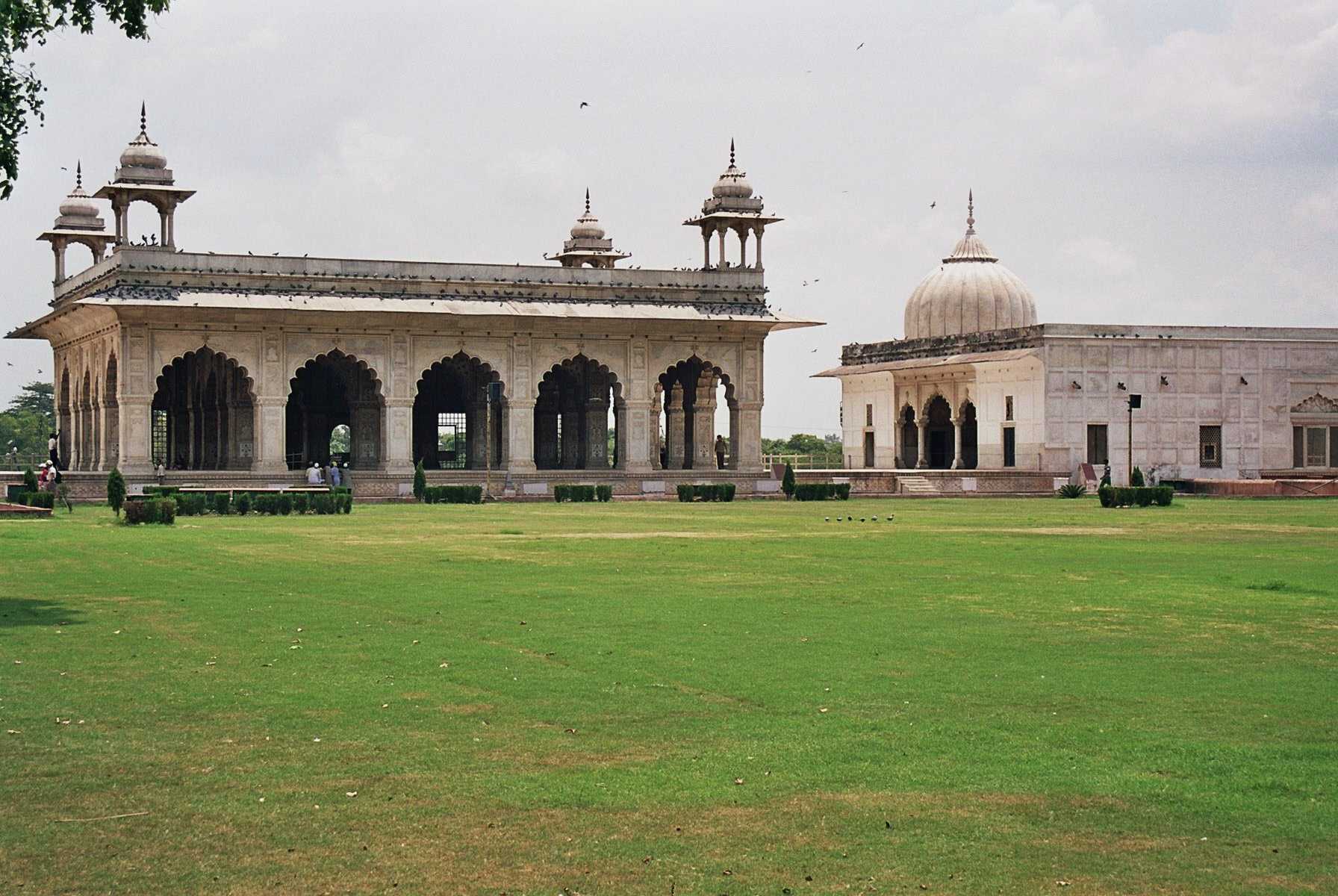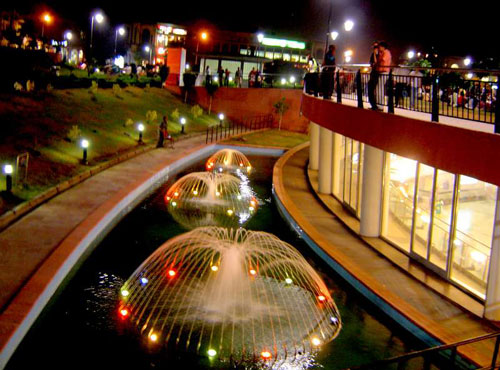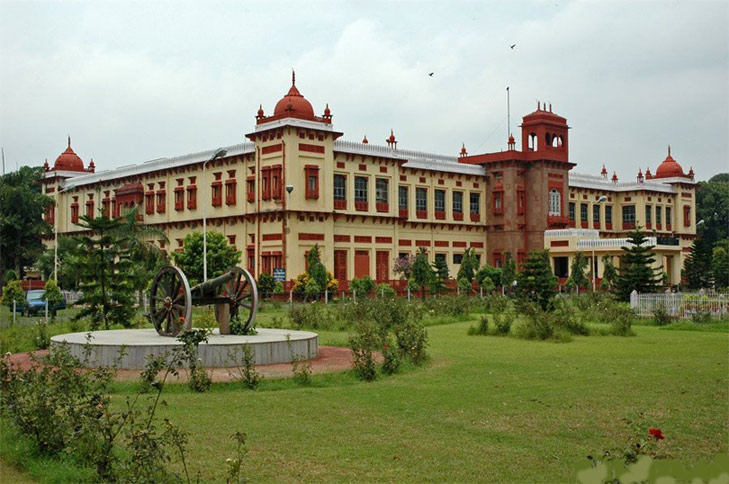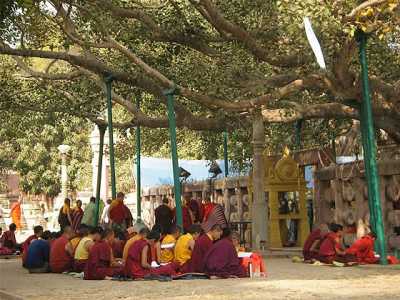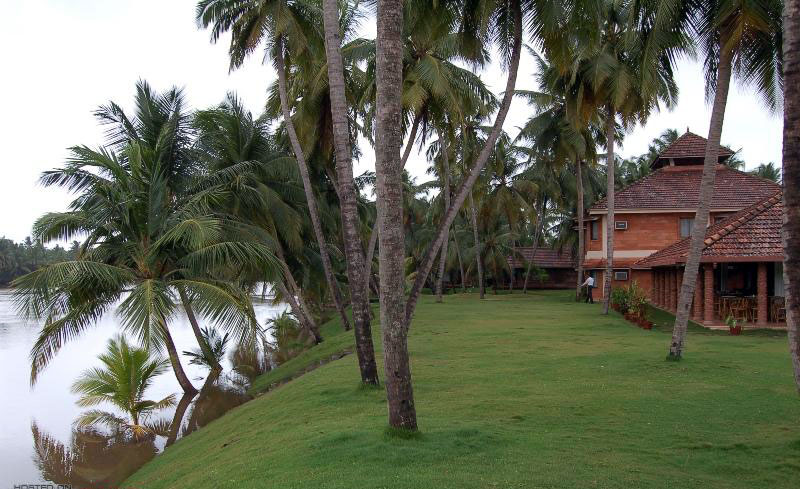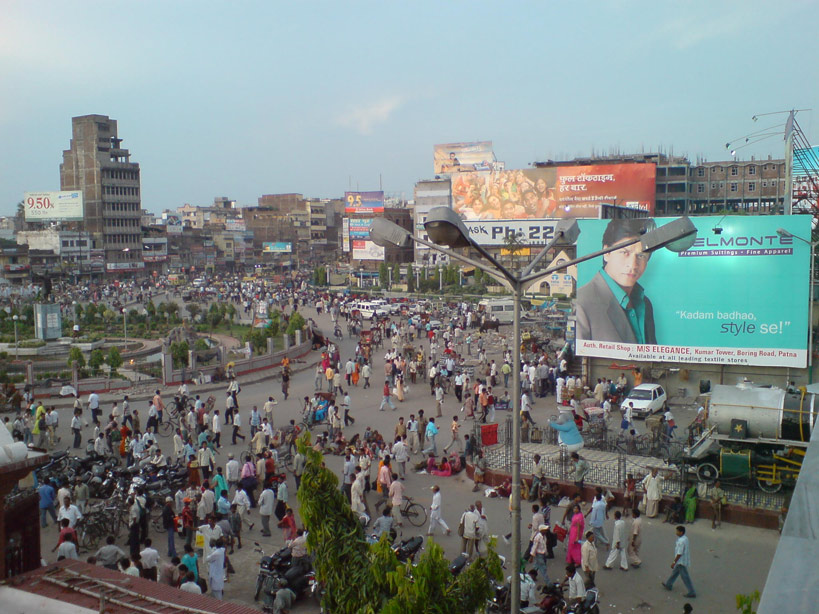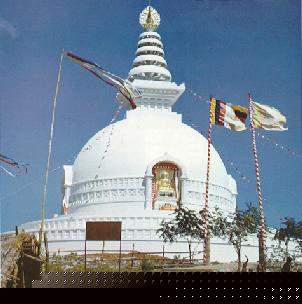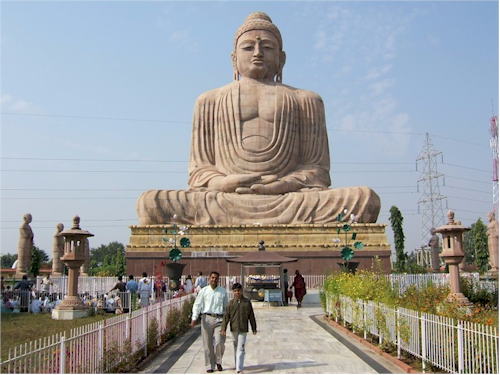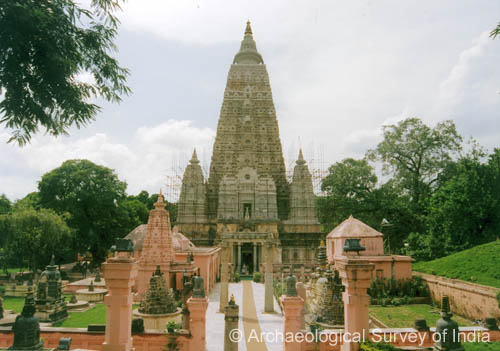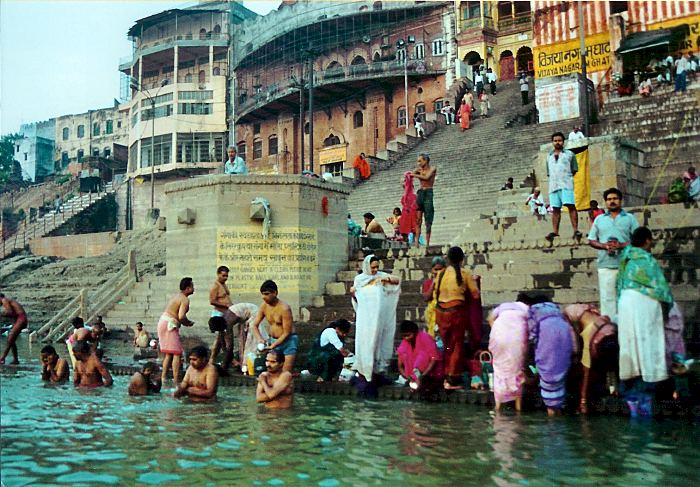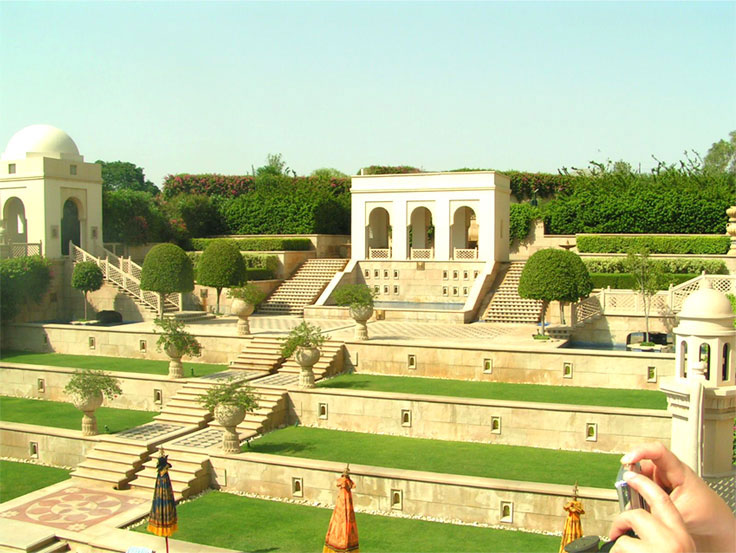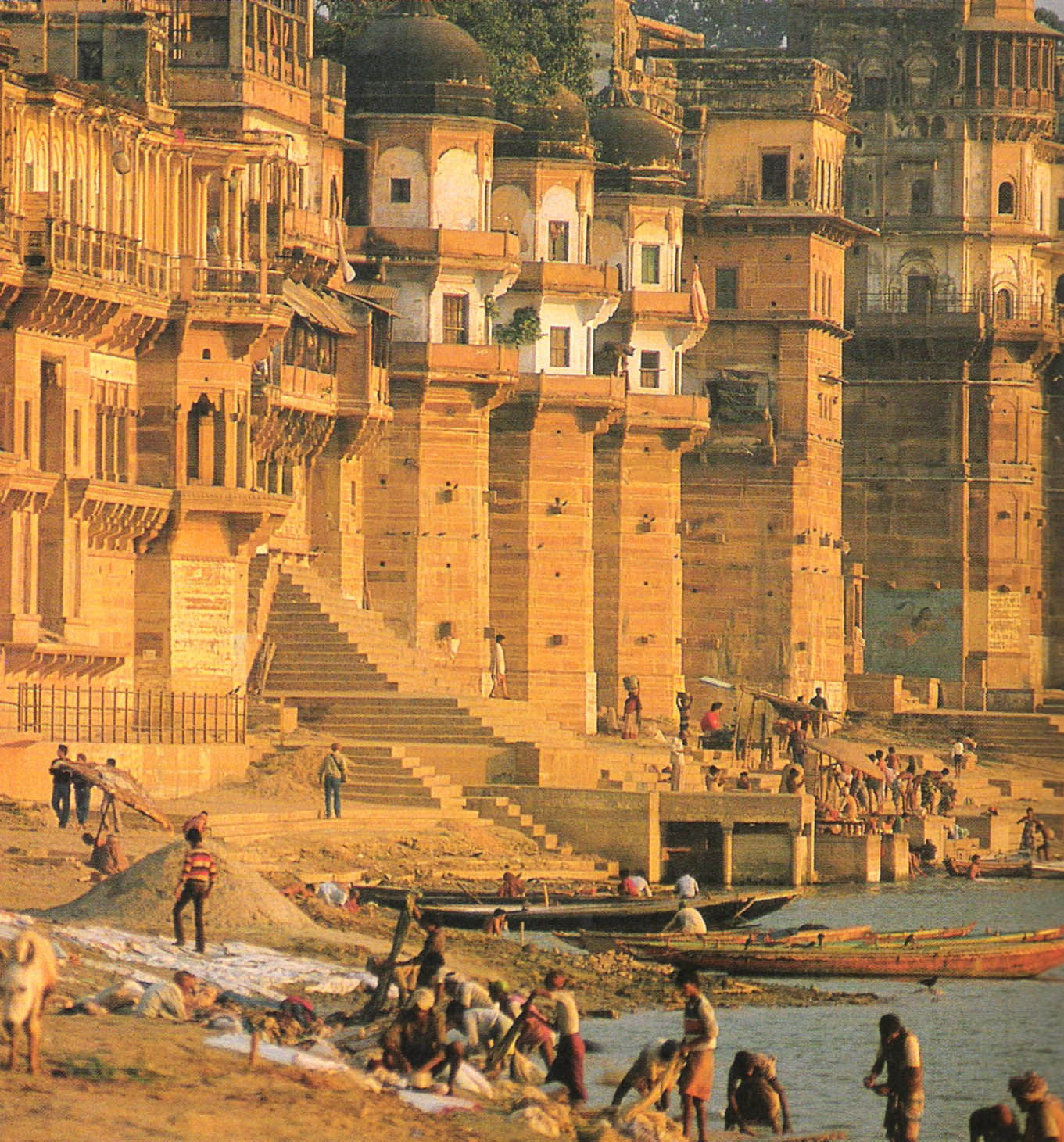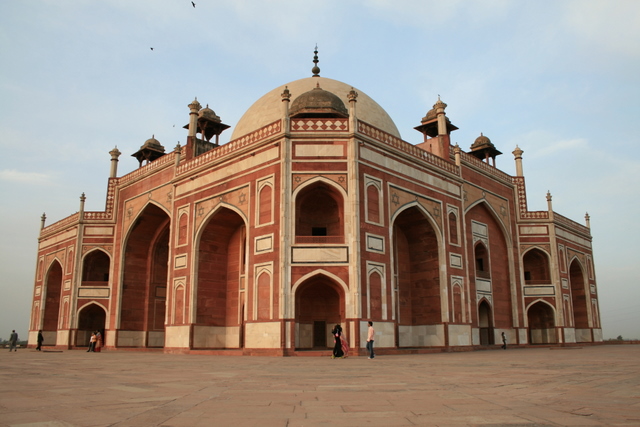Buddhist Sector
Delhi-Patna-Nalanda-Rajgir-Bodhgaya-Varanasi-Delhi
Day 1: Delhi
 On arrival at Delhi International Airport, our representative will receive and transfer to the hotel.New Delhi, the capital and the third largest city of India is a fusion of the ancient and the modern. Standing along the West End of Gangetic Plain, the capital city, Delhi, unwinds a picture rich with culture, architecture and human diversity, deep in history, monuments, museums, galleries, gardens and exotic shows. Comprising of two contrasting yet harmonious parts, the Old Delhi and New Delhi, the city is a travel hub of Northern India.
On arrival at Delhi International Airport, our representative will receive and transfer to the hotel.New Delhi, the capital and the third largest city of India is a fusion of the ancient and the modern. Standing along the West End of Gangetic Plain, the capital city, Delhi, unwinds a picture rich with culture, architecture and human diversity, deep in history, monuments, museums, galleries, gardens and exotic shows. Comprising of two contrasting yet harmonious parts, the Old Delhi and New Delhi, the city is a travel hub of Northern India.
 Morning after breakfast transfer for the sightseeing of the city. Visit the <a class="PIInfosoft-placeName" onclick="openAttractionDescriptionPopup('en', 'A7M','DEL','IND','India');" data-target="#PopUp5" href="javascript:void(0)" data-toggle="modal">India Gate</a> and the <a class="PIInfosoft-placeName" onclick="openAttractionDescriptionPopup('en', 'LTE','DEL','IND','India');" data-target="#PopUp5" href="javascript:void(0)" data-toggle="modal">Lotus Temple</a>.
Morning after breakfast transfer for the sightseeing of the city. Visit the <a class="PIInfosoft-placeName" onclick="openAttractionDescriptionPopup('en', 'A7M','DEL','IND','India');" data-target="#PopUp5" href="javascript:void(0)" data-toggle="modal">India Gate</a> and the <a class="PIInfosoft-placeName" onclick="openAttractionDescriptionPopup('en', 'LTE','DEL','IND','India');" data-target="#PopUp5" href="javascript:void(0)" data-toggle="modal">Lotus Temple</a>.
Day 3: Patna
 Post breakfast in the morning, drive to Nalanda, one of the oldest known universities in the world. It not only had students various subjects like arithmetic and languages but also linguistics and medical sciences. It also had a dormitory for students. Nalanda was a great center of Buddhist learning in ancient times. A large number of Buddhist students thronged the Nalanda University to study Buddhism. According to the Chinese traveler Hieun Tsang, the place owed its name to a Naga, who resided in a local tank. Lord Vardhamana Mahavir and Lord Buddha visited Nalanda quite frequently in the 6th century BC. Nalanda is also supposed to the birth place of one Sariputra, one of the chief followers of Lord Buddha. The Nalanda University attracted large number of Buddhist students from different parts of the world. The University of Nalanda was founded in the 5th century by the Gupta rulers. There were thousands of students and teachers. The main courses which were taught there were the Buddhist scriptures (both Mahayana and Hinayana), Vedas, Logic, Shabda Vidya (grammar), Chikitsa vidya (medicine) etc. Nalanda (also called Bihar Sharif) district is one of the districts of Bihar, and Bihar Sharif town is the administrative headquarters of this district. Nalanda district is a part of Patna Division. The subdivision of Bihar sharif in the old Patna district was upgraded to an independent district on November 9, 1972 and named Nalanda, after the famous university (the world's oldest) located here. Nalanda is 67 meters above sea level. Nalanda is referred to frequently in Jain and Buddhist scriptures. As the centre of the great Magadha Empire, the district has had a rich and glorious history extending over 2,500 years. Till its destruction by Mohammed Bin Bakhtiyar Khilji, army chief of Kutubuddin Ibak, in 1205 AD, Nalanda was the leading centre of learning in India.
Post breakfast in the morning, drive to Nalanda, one of the oldest known universities in the world. It not only had students various subjects like arithmetic and languages but also linguistics and medical sciences. It also had a dormitory for students. Nalanda was a great center of Buddhist learning in ancient times. A large number of Buddhist students thronged the Nalanda University to study Buddhism. According to the Chinese traveler Hieun Tsang, the place owed its name to a Naga, who resided in a local tank. Lord Vardhamana Mahavir and Lord Buddha visited Nalanda quite frequently in the 6th century BC. Nalanda is also supposed to the birth place of one Sariputra, one of the chief followers of Lord Buddha. The Nalanda University attracted large number of Buddhist students from different parts of the world. The University of Nalanda was founded in the 5th century by the Gupta rulers. There were thousands of students and teachers. The main courses which were taught there were the Buddhist scriptures (both Mahayana and Hinayana), Vedas, Logic, Shabda Vidya (grammar), Chikitsa vidya (medicine) etc. Nalanda (also called Bihar Sharif) district is one of the districts of Bihar, and Bihar Sharif town is the administrative headquarters of this district. Nalanda district is a part of Patna Division. The subdivision of Bihar sharif in the old Patna district was upgraded to an independent district on November 9, 1972 and named Nalanda, after the famous university (the world's oldest) located here. Nalanda is 67 meters above sea level. Nalanda is referred to frequently in Jain and Buddhist scriptures. As the centre of the great Magadha Empire, the district has had a rich and glorious history extending over 2,500 years. Till its destruction by Mohammed Bin Bakhtiyar Khilji, army chief of Kutubuddin Ibak, in 1205 AD, Nalanda was the leading centre of learning in India.
 Full day sightseeing of Bodhgaya.Here under the Bodhi tree( Tree of Awakening ). Shakyamuni Gautam attained supreme knowledge to become Buddha, the "Enlightened One", the propounder of one of the great religions of the world. The tree that stands today is believed to have grown from the original Peepal tree under which Lord Buddha meditated. River Niranjana in which the Buddha bathed after attaining enlightenment flows quietly outside the tiny hamlet where the story of Prince Siddhartha ended and the saga of the Buddha began. Overnight stay at Hotel.
Full day sightseeing of Bodhgaya.Here under the Bodhi tree( Tree of Awakening ). Shakyamuni Gautam attained supreme knowledge to become Buddha, the "Enlightened One", the propounder of one of the great religions of the world. The tree that stands today is believed to have grown from the original Peepal tree under which Lord Buddha meditated. River Niranjana in which the Buddha bathed after attaining enlightenment flows quietly outside the tiny hamlet where the story of Prince Siddhartha ended and the saga of the Buddha began. Overnight stay at Hotel.
 Morning after breakfast proceed to Varanasi.Upon arrival check in at hotel. Afternoon visit to Sarnath - the holy shrine of the Buddhist where LORD BUDHA preached his first sermon after he had gained Enlightenment.After the Buddha attained enlightenment in Bodh Gaya he came to Sarnath. Here in the Deer Park, he delivered his first sermon, or in religious language, set in motion the Wheel of Law (Maha-Dharmachakra Pravartan). The Emperor Ashoka (c 304 - 232 BC), who spread the Buddha's message of love and compassion throughout his vast empire, visited Sarnath around 234 BC, and erected a stupa here. Several Buddhist structures were raised at Sarnath between the 3rd century BC and the 11th century AD, and today it presents the most expansive ruins amongst places on the Buddhist trail. Sarnath is 10 km from the holy city of Varanasi, and is an exceedingly tranquil place. The ruins, the museum and temple are all within walking distance.
Morning after breakfast proceed to Varanasi.Upon arrival check in at hotel. Afternoon visit to Sarnath - the holy shrine of the Buddhist where LORD BUDHA preached his first sermon after he had gained Enlightenment.After the Buddha attained enlightenment in Bodh Gaya he came to Sarnath. Here in the Deer Park, he delivered his first sermon, or in religious language, set in motion the Wheel of Law (Maha-Dharmachakra Pravartan). The Emperor Ashoka (c 304 - 232 BC), who spread the Buddha's message of love and compassion throughout his vast empire, visited Sarnath around 234 BC, and erected a stupa here. Several Buddhist structures were raised at Sarnath between the 3rd century BC and the 11th century AD, and today it presents the most expansive ruins amongst places on the Buddhist trail. Sarnath is 10 km from the holy city of Varanasi, and is an exceedingly tranquil place. The ruins, the museum and temple are all within walking distance.
 Wake up even before breakfast in the morning and transfer to the River Ganga to take a boat ride on the Ganges and witness the sunrise. The beautiful site will mesmerise you.Varanasi or Kashi is older than traditions. Varanasi presents a unique combination of physical, metaphysical and supernatural elements. According to the Hindu mythology, Varanasi liberates soul from human body to the ultimate. It is the Ganga <a class="PIInfosoft-placeName" onclick="openAttractionDescriptionPopup('en', 'ATY','VNS','IND','India');" data-target="#PopUp5" href="javascript:void(0)" data-toggle="modal">Ghats of Varanasi</a> that complement the concept of divinity. Ghats of Ganga are perhaps the holiest spots of Varanasi. The Ganga Ghats at Varanasi are full of pilgrims who flock to the place to take a dip in the holy Ganges, which is believed to absolve one from all sins.
Wake up even before breakfast in the morning and transfer to the River Ganga to take a boat ride on the Ganges and witness the sunrise. The beautiful site will mesmerise you.Varanasi or Kashi is older than traditions. Varanasi presents a unique combination of physical, metaphysical and supernatural elements. According to the Hindu mythology, Varanasi liberates soul from human body to the ultimate. It is the Ganga <a class="PIInfosoft-placeName" onclick="openAttractionDescriptionPopup('en', 'ATY','VNS','IND','India');" data-target="#PopUp5" href="javascript:void(0)" data-toggle="modal">Ghats of Varanasi</a> that complement the concept of divinity. Ghats of Ganga are perhaps the holiest spots of Varanasi. The Ganga Ghats at Varanasi are full of pilgrims who flock to the place to take a dip in the holy Ganges, which is believed to absolve one from all sins.
Day 7: Bodhgaya
 Post breakfast at the hotel, transfer to for sightseeing of the city. Visit the <a class="PIInfosoft-placeName" onclick="openAttractionDescriptionPopup('en', 'A7L','DEL','IND','India');" data-target="#PopUp5" href="javascript:void(0)" data-toggle="modal">Humayun's Tomb</a> and the Jama masjid and the <a class="PIInfosoft-placeName" onclick="openAttractionDescriptionPopup('en', 'A7J','DEL','IND','India');" data-target="#PopUp5" href="javascript:void(0)" data-toggle="modal">Red Fort</a>.<a class="PIInfosoft-placeName" onclick="openAttractionDescriptionPopup('en', 'A7L','DEL','IND','India');" data-target="#PopUp5" href="javascript:void(0)" data-toggle="modal">Humayun's Tomb</a> is a complex of buildings built as the Mughal Emperor <a class="PIInfosoft-placeName" onclick="openAttractionDescriptionPopup('en', 'A7L','DEL','IND','India');" data-target="#PopUp5" href="javascript:void(0)" data-toggle="modal">Humayun's Tomb</a>, commissioned by Humayun's wife Hamida Banu Begum in 1562 CE, and designed by Mirak Mirza Ghiyath, a Persian architect. It was the first garden-tomb on the Indian subcontinent, and is located in Nizamuddin East, Delhi, India, close to the Dina-panah citadel also known as Purana Qila, that Humayun founded in 1533. It was also the first structure to use red sandstone at such a scale The complex was declared a UNESCO World Heritage Site.Shah Jahan shifted his capital from Agra to Shahjahanabad and laid the foundation of <a class="PIInfosoft-placeName" onclick="openAttractionDescriptionPopup('en', 'A7J','DEL','IND','India');" data-target="#PopUp5" href="javascript:void(0)" data-toggle="modal">Red Fort</a>, or the Lal Quila, on 16th April 1639. It took nine years to build this mighty citadel and it got completed on 16th April 1648. It is said that about one crore rupees, an astronomical sum in those days, was spent on its construction. Half of this sum was spent to build the exotic palaces within the fort. Built of red sandstone, it is octagonal in shape, with two longer sides on the east and west.
Post breakfast at the hotel, transfer to for sightseeing of the city. Visit the <a class="PIInfosoft-placeName" onclick="openAttractionDescriptionPopup('en', 'A7L','DEL','IND','India');" data-target="#PopUp5" href="javascript:void(0)" data-toggle="modal">Humayun's Tomb</a> and the Jama masjid and the <a class="PIInfosoft-placeName" onclick="openAttractionDescriptionPopup('en', 'A7J','DEL','IND','India');" data-target="#PopUp5" href="javascript:void(0)" data-toggle="modal">Red Fort</a>.<a class="PIInfosoft-placeName" onclick="openAttractionDescriptionPopup('en', 'A7L','DEL','IND','India');" data-target="#PopUp5" href="javascript:void(0)" data-toggle="modal">Humayun's Tomb</a> is a complex of buildings built as the Mughal Emperor <a class="PIInfosoft-placeName" onclick="openAttractionDescriptionPopup('en', 'A7L','DEL','IND','India');" data-target="#PopUp5" href="javascript:void(0)" data-toggle="modal">Humayun's Tomb</a>, commissioned by Humayun's wife Hamida Banu Begum in 1562 CE, and designed by Mirak Mirza Ghiyath, a Persian architect. It was the first garden-tomb on the Indian subcontinent, and is located in Nizamuddin East, Delhi, India, close to the Dina-panah citadel also known as Purana Qila, that Humayun founded in 1533. It was also the first structure to use red sandstone at such a scale The complex was declared a UNESCO World Heritage Site.Shah Jahan shifted his capital from Agra to Shahjahanabad and laid the foundation of <a class="PIInfosoft-placeName" onclick="openAttractionDescriptionPopup('en', 'A7J','DEL','IND','India');" data-target="#PopUp5" href="javascript:void(0)" data-toggle="modal">Red Fort</a>, or the Lal Quila, on 16th April 1639. It took nine years to build this mighty citadel and it got completed on 16th April 1648. It is said that about one crore rupees, an astronomical sum in those days, was spent on its construction. Half of this sum was spent to build the exotic palaces within the fort. Built of red sandstone, it is octagonal in shape, with two longer sides on the east and west.

